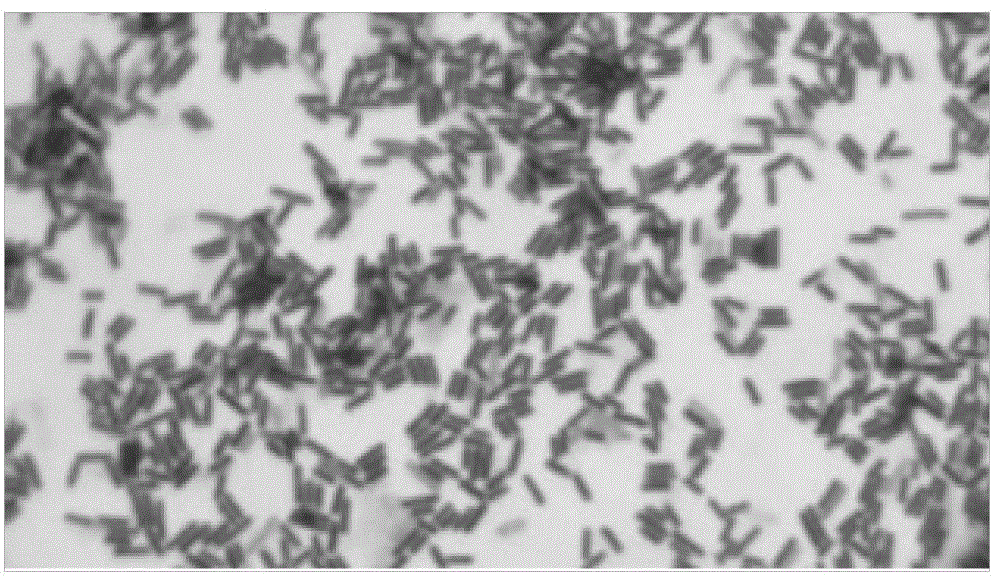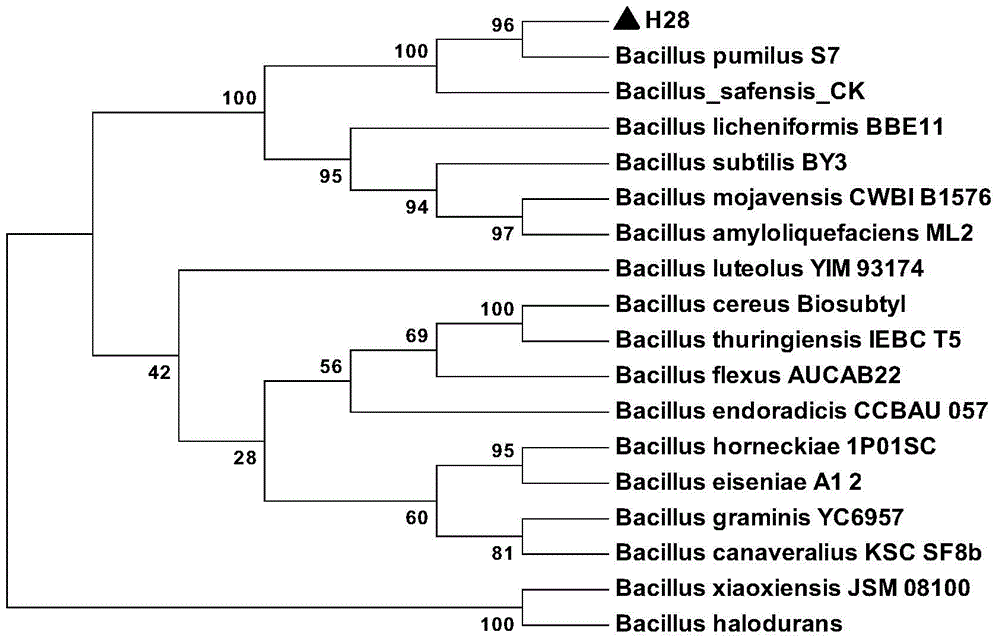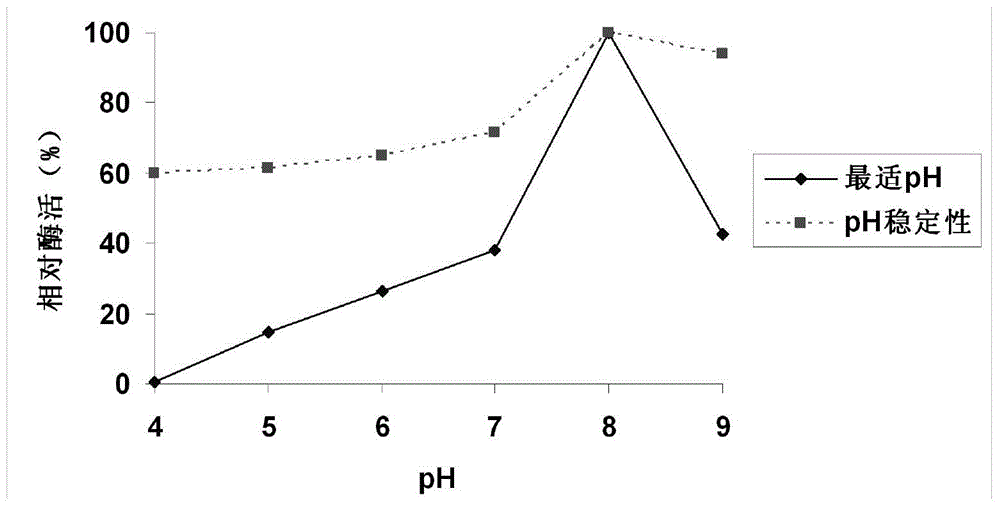Pistacia lentiscus seed lipase-producing endophyte PC1 and separation method thereof
A separation method and Pistacia chinensis technology are applied in the field of Pistacia chinensis seed lipase-producing endophyte PC1 and its separation, and can solve problems such as no Pistacia chinensis endophyte and the like.
- Summary
- Abstract
- Description
- Claims
- Application Information
AI Technical Summary
Problems solved by technology
Method used
Image
Examples
Embodiment 1
[0028] A lipase-producing endophyte PC1 from Pistacia chinensis seeds and a method for isolating the same, specifically through the following steps:
[0029] 1) Select fresh and healthy Pistacia chinensis fruit, physically remove the hard peel, pick out the undamaged seeds and soak them in at least 20 times the volume of 75% alcohol for 10 minutes, and soak them in 0.1% mercury chloride for 10 minutes, and shake them from time to time. Then wash with sterile water 5 times, each time for 1 min;
[0030] 2) Put 5 sterilized Pistacia chinensis seeds into a sterile mortar, add 500 μL of sterile water to grind into a paste, then add sterile water to dilute to 5 mL, take 100 μL of the diluted solution and inoculate it in beef extract peptone medium ( Beef extract 3g, NaCl 5g, peptone 10g, water 1L, PH 7.4~7.6), at the same time, take the sterile water and unground seeds washed for the last time as negative control, and cultivate them at 28°C for 3~7 days to obtain Endophytic bacter...
Embodiment 2
[0036] Embodiment 2 utilizes p-nitrophenol method to measure the enzymatic property of the lipase produced by PC1
[0037] 1. Determination of lipase activity by p-nitrophenol method
[0038] Solution A [30 mg p-nitrophenyl palmitate (p-NPP) dissolved in 10 mL isopropanol] and solution B [50 mmol / L Tris-HCl (pH 8.0)] were prepared respectively. Mix solutions A and B at a ratio of 1:18, take 1.9 mL into a test tube, add 0.1 mL of the supernatant crude enzyme solution (set the high-temperature inactivated crude enzyme solution as a negative control), and react at 28°C for 10 minutes. Add 1 mL of 10% SDS solution to terminate the reaction. The absorption value of the catalyzed p-nitrophenol (pNP) was measured at OD410nm with a spectrophotometer.
[0039] Definition of 1 enzyme activity unit of lipase: the amount of enzyme needed to release 1 μmol pNP per minute under the condition of pH 8.0 and 28°C, the enzyme activity calculation formula is:
[0040] A=([A l -A 0 ]×K+C 0 ...
Embodiment 3
[0045] Cloning of embodiment 3PC1 lipase gene
[0046] By using Clustalw software to perform multiple sequence alignment analysis on the nucleotide sequences of part of the Bacillus pumilus lipase published in the NCBI GenBank database, the strictly conserved segments were determined for the design of the forward and reverse directions of the full-length amplified lipase gene Primer (P 1 : TAG AGTCGTATAAGATGAATAAGG and P 2 : TTAATTCGTATTCTGTCCTCCG). PCR amplification system (50μL): Buffer 10μL, d NTP Mixture (2.5mM each) 4μL, (2.5U / μL)0.5μL, ddH203 2.5μL, primer P 1 and P 2 (10 μM) each 1 μL, PC1 genomic DNA 1 μL. PCR reaction conditions: pre-denaturation at 94°C for 4 min; denaturation at 95°C for 20 s, annealing at 58°C for 30 s, extension at 72°C for 1 min, a total of 30 cycles; extension at 72°C for 5 min. The amplified products were sent to the company for sequencing.
[0047] The results show that: the nucleotide full-length sequence of PC1 lipase is obtained b...
PUM
 Login to View More
Login to View More Abstract
Description
Claims
Application Information
 Login to View More
Login to View More - R&D
- Intellectual Property
- Life Sciences
- Materials
- Tech Scout
- Unparalleled Data Quality
- Higher Quality Content
- 60% Fewer Hallucinations
Browse by: Latest US Patents, China's latest patents, Technical Efficacy Thesaurus, Application Domain, Technology Topic, Popular Technical Reports.
© 2025 PatSnap. All rights reserved.Legal|Privacy policy|Modern Slavery Act Transparency Statement|Sitemap|About US| Contact US: help@patsnap.com



